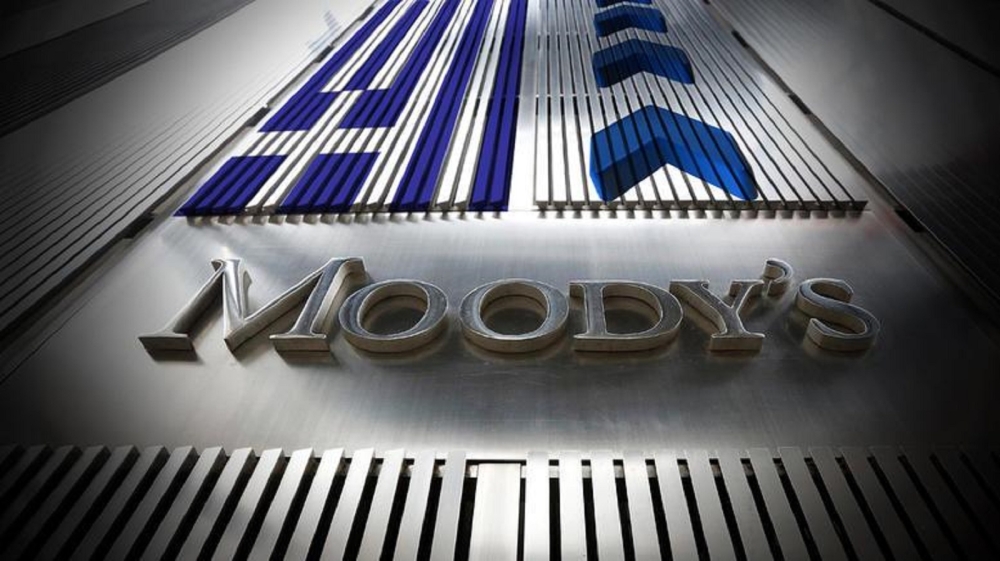
Moody’s: Saudi banks’ liquidity squeeze eases
Liquidity pressures on Saudi Arabia’s banks are expected to ease in 2017 compared with 2016, said a report.
The report issued by Moody’s Investor Service said that the liquidity pressures are likely to moderate primarily as a result of subdued credit growth, which will, however, reduce banks’ profit.
On Monday, the three-month Saudi Interbank Offered Rate (SAIBOR) fell below the central bank repo rate of 2 percent, its lowest level since April 2016. This is credit positive for Saudi banks’ funding costs and confirms that liquidity conditions in Saudi Arabia have eased since the third quarter of 2016 after significant tightening last year because of falling oil prices, the report said.
In October 2016, the SAIBOR reached its highest level since January 2009 at 2.4 percent, reflecting tougher funding conditions for banks because of Saudi government spending cuts and payment delays, which in turn put pressure on corporate cash flows and profits. This translated into a 2 percent year-on-year decline in customer deposits as of September 2016, which, combined with sustained credit growth of a 7 percent year-on-year increase as of September 2016, pushed up banks’ net loan/deposit ratio to 86 percent as of September 2016 from 77 percent at year-end 2014. However, the report added, this trend has reversed since the third quarter of 2016 with large liquidity injections into banks following a $17.5 billion international sovereign bond issuance in October 2016 and the payment of $28 billion of overdue bills to Saudi contractors settled in the fourth quarter of 2016, which led to significant loan repayments to banks.
According to the Saudi Arabian Monetary Agency (SAMA), banks’ liquidity conditions improved in the last months of 2016.
The loan repayments to banks were partly reflected in SAMA’s balance sheet as a reduction in government deposits allocated for public projects (down 34 percent in the fourth quarter of 2016)
These combined effects led to an improvement in banks’ net loan/deposit ratio to 83 percent as of December 2016 from a peak of 87 percent as of June 2016.
The report said that liquidity pressures are likely to remain moderate over the next 12-18 months against the backdrop of low credit growth, which is expected to be around 3 percent. However, deposit growth will remain challenging, said the report.
Corporate profits and savings will remain constrained by subdued economic conditions, with Moody’s estimate for non-oil gross domestic product (GDP) growth at 2 percent in 2017.
The report suggested that the government should fund its fiscal deficit either through its reserves and deposits with banks (deposits from the public sector declined by 10 percent in 2016), or via debt issuance. However, because domestic debt issuance can crowd out bank liquidity, the report views the government’s decision on Jan. 30 to suspend domestic bond issues for the fourth consecutive month as positive.

























